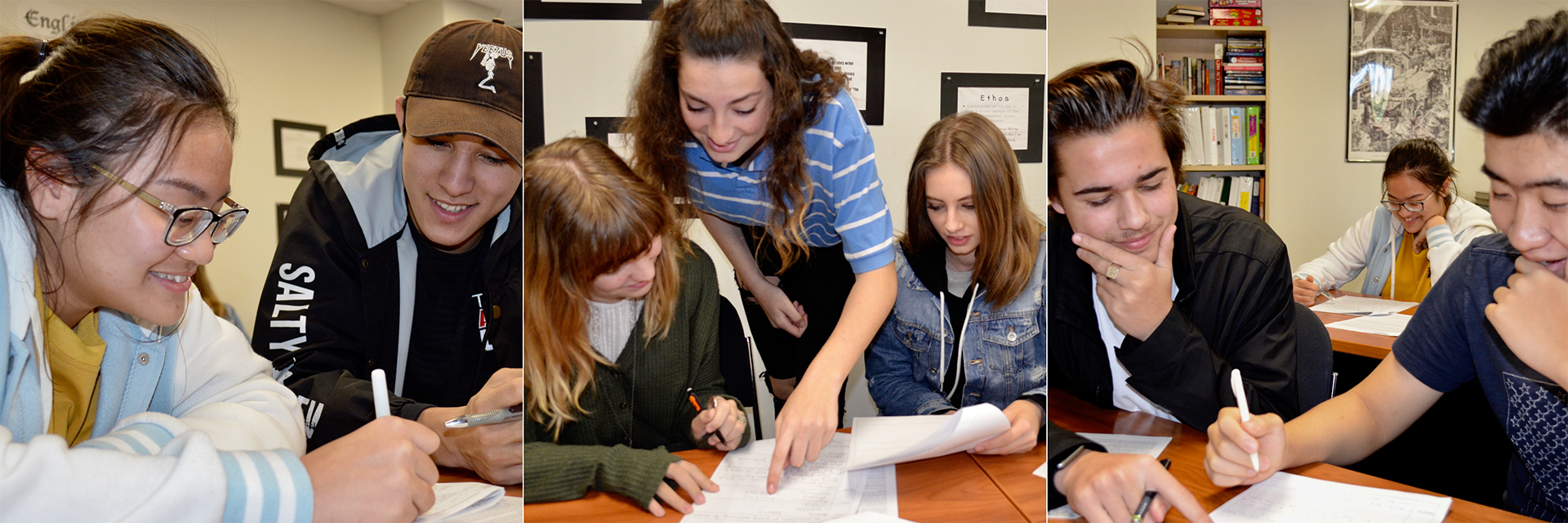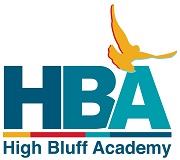
World History
Course Description
Download Course Description (PDF) Off-Campus Permission Form (PDF)
Course Titk: World History, Culture, and Geography: The Modern World
Length of Course: One year
Available to Students: Grade 9 or 10
Required or Elective: Required
Prerequisites: Junior High early civilization and/or world civilizations
Grade 10
World History, Culture, and Geography: The Modern World
Length of Course: One year
Available to Students: Grades 9 or 10
Required or Elective: Required
Prerequisites: Middle school -early civilization and/or world civilizations
Aims of the course are:
- To appreciate that societies reflect the accumulated wisdom and contributions from many cultures.
- To appreciate the history, commonalities, and diversity of world cultures, the reality of human interdependence and the need for world cooperation.
Objectives of the course:
- Historical perspectives, such as historical concepts, primary and secondary sources, global interdependence, changing international and interpersonal relationships, critical events, trends and advances.
- Cultural perspectives such as changing basic social institutions, art and literary forms from various cultures and historical periods, contributions of significant men and women of major cultures, impact of various world cultures on the United States and California, aspects of contemporary culture that have their origins in great world civilizations in the past.
- The relationships between history, culture, and geography
- Maps and globes, map scales, map symbols, charts, graphs, photographs and map vocabulary.
- Physical, cultural and geographic characteristics of selected regions of the world.
- The relationship between physical geography and human geography in terms of changing spatial distributions of people, their activities, and their interaction with the natural environment.
- Careers and travel opportunities open to them.
- Historical roots and trends in specific areas of study.
Areas: Reading selections cover Europe starting with the Renaissance, Eastern Europe, English-Speaking Democracies (Canada, Australia, Arctic), Latin America and Africa.
Supplementary areas which have received coverage in middle school include:
Early civilizations, the Commonwealth of Independent Nations, Japan and Pacific Islands, China, India and the Middle East.

